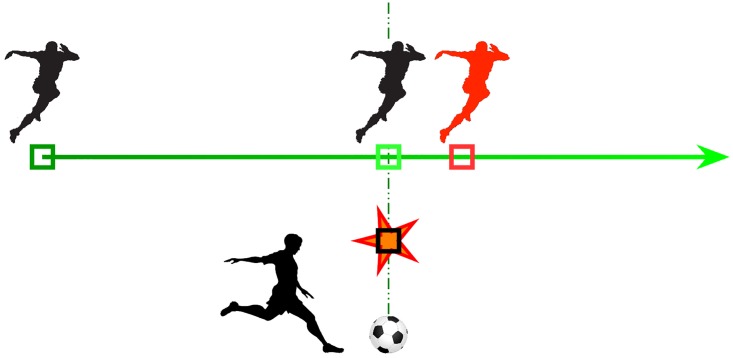Fig 1. The flash-lag effect (FLE) as a motion-induced predictive shift.
To follow the example given by [6], a football (soccer) player that would run along a continuous path (the green path, where the gradient of color denotes the flow of time) is perceived to be ahead (the red position) of its actual position at the unexpected moment a ball is shot (red star) even if these positions are physically aligned. A referee would then signal an “offside” position. Similarly, such a flash-lag effect (FLE) is observed systematically in psychophysical experiments by showing a moving and a flashed stimuli (here, a square). By varying their characteristics (speed, relative position), one can explore the fundamental principles of the FLE.

